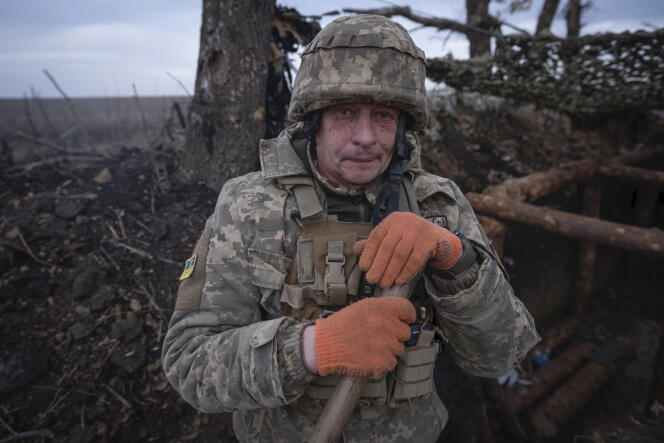


Even if Ukraine's allies were to deliver all the weapons they have promised, "we don't have the men to use them," admitted a member of Volodymyr Zelensky's delegation in late September, as reported by Time Magazine, during the Ukrainian president's visit to Washington.
The situation has been clear since the autumn: Exhausted and severely depleted, the Ukrainian army needs fresh troops as much as ammunition, if only to hold its positions since, following the failure of its summer counteroffensive, reconquest is no longer an option. Further mobilization has become an imperative that has been recognized by the military high command, civil society and the political sphere alike. But it is also a sensitive subject, as evidenced by the government's hesitations and the slow pace of parliamentary debate on the issue.
Two years after Russia's invasion, the patriotic impetus of the early days, which boosted the Ukrainian army from 260,000 to 700,000 men, has waned and the army is struggling to recruit.
The scale of military losses – Zelensky estimated 31,000 at the end of February, while the New York Times put the figure at 70,000 killed and 120,000 wounded in August – has considerably dampened enthusiasm, as has the deadlock on the front line. Few are prepared to spend months holed up in trenches with no other aim than to resist at all costs the onslaught of a better-armed Russian army whose numbers seem, if not inexhaustible, at least vastly superior.
In August, Oleksii Reznikov, then defense minister, asserted that no further mobilization was necessary, advocating only a streamlining of the recruitment process. But the shortage had become obvious by the end of the summer. "This was the reason why most of the brigades making up the operational-strategic group Taurida [deployed on the eastern front] lost their ability to continue offensive operations in September-October 2023," wrote the Warsaw-based Center for Eastern Studies (CES), in a report on the subject.
This shortage is exacerbated by the exhaustion of the troops deployed over the past two years, who, without relief, are staying longer and longer at the front. "It is not uncommon for platoons to be made up of just a few soldiers and companies of less than 50 (which is less than half of their full line-up). According to regulations, this should result in their automatic withdrawal to the rear. In the actual situation on the front, such sub-units usually cannot be relieved. Moreover, their defense sections are not reduced in proportion to their losses. The commanders are thus forced to require their subordinates to serve longer, which in turn reduces the time available for sleep, meals and basic hygiene," reported the CES.
You have 66.06% of this article left to read. The rest is for subscribers only.
